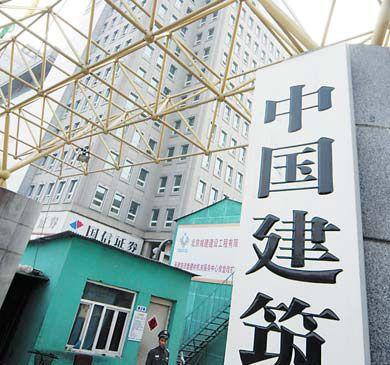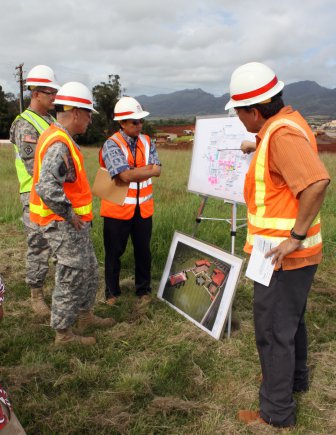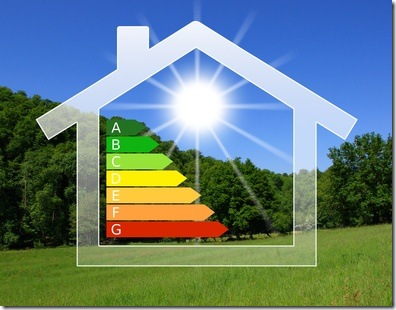An Examination into Information Technology and Competitive Strategies within the Chinese Construction Industry
View This Dissertation Here
This post evaluates the use and deployment of technology within the Chinese construction industry. As competitive environments are constantly changing in the contemporary business world, managers are devising various flexible approaches to respond to such uncertainty and complexity. Deploying strategic information systems is an important approach to address such the challenges of flexibility in business competitiveness. During the 1980s and 1990s, we saw considerable financial investment into business IT in search for “competitive advantage” in various industrial markets. There were many academic papers as well as consulting reports studying the competitive benefits of IT in business in order to persuade firms to invest in strategic information systems. Many business company sought to replicate the success stories of IT enabled business strategy, such as United Airlines, Thomson Holidays and all the other celebrated cases that have entered the information systems mythology. Although the last three decades have seen the high speed growth of investment in information technology by companies, the exact way of getting competitive advantage through information technology is still vague and hard to be concretely grasped. Large investment of information technology is also accompanied by over evaluation of IT and decline in organizational performance, as shown in many cases of failure in IT strategies. Especially in developing countries, many companies are trying to learn from economically advanced economies and initiate their large investment in information technology in order to improve their competitive advantages.

The rate of failure is particularly high in such developing countries. This increased uncertainty suggests the need for improved strategic planning and management of information systems, and the need for consideration of local socio-economic environments. The aim of the dissertation is intending to study the information technology strategies in a typical construction company and develop a deeper understanding of how information technologies create new competitive advantages for construction companies in Chinese context. The need for a link between information technology (IT) use and business strategy in construction industry has been identified and discussed over a number of years. The objectives are threefold in this dissertation. First, I will have a literature review of current research on IT strategies, competitive advantage and IT in construction industries. Secondly, I will conduct fieldwork in a Chinese construction firm, collecting data by questionnaires and interviews, trying to understand the current situations of IT adoption within the Chinese construction industry. Last but not least, I will present an analytical framework which is used to analyse the IT strategies in Chinese construction companies.
If you enjoyed reading this post on information technology and competitive strategies within the Chinese construction industry, I would be very grateful if you could help spread this knowledge by emailing this post to a friend, or sharing it on Twitter or Facebook. Thank you.


